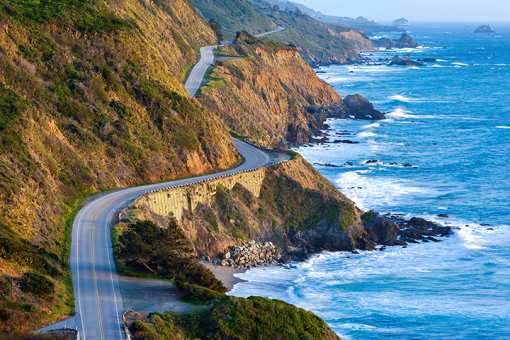The Founder and His Vision
Fortune magazine called Jean Paul Getty the richest man in the world in 1957, but most people had never heard of him. Born in 1892 in Minneapolis and raised as an only child, he was introduced to the oil business by his lawyer father. A roustabout and wildcatter in the Oklahoma oil fields, Getty became a millionaire by the time he was 23. By the 1960s, his company Getty Oil became one of the largest oil companies in the world.
"Paul," as his friends called him, was a self-avowed non-conformist. He was always suspicious of conventional wisdom in business, art, and life. Others described him as an eccentric, a playboy, a genius, and a tightwad. He was famously married five times and had five sons. In his autobiographical writings, he proclaimed himself a failure at marriage. In business, however, Getty was remarkably successful.
He collected art with the same eye for underappreciated value that he had for a salt dome covering a rich pool of oil deep beneath it. Prizing beauty for its permanence, he preferred the art of royals and aristocrats from western history: Greek and Roman sculpture, paintings of Renaissance masters, and furniture of 18th century European monarchs. Though he delighted in the tax deductions that accrued when he donated his art to museums, he also demonstrated a genuine desire to share his art with the public.
For years Getty traveled extensively in the United States, Europe, and the Middle East in search of oil and art. He converted part of his Ranch House in Malibu, California (today, Pacific Palisades), into a museum so that he could share his art treasures with the public. After 1951, he never returned to California, though he continued to call it home for another 25 years.
Late in life Getty conceived the idea of building a major museum on his ranch property. He decided that it would be a near replica of the Roman Villa dei Papiri in Herculaneum, Italy, which had been buried in the eruption of Mt. Vesuvius in 79 A.D. Critics derided the Villa as a gimmick when it opened in 1974, but the public loved it.
From his home outside London, Getty supervised its operations, approving every new acquisition. He proudly displayed the architectural model of the Villa but kept spending to a bare minimum, refusing even to pay for climate control for his works of art. Consistently, he cautioned the Museum's staff that the institution would have to survive on the original $40 million endowment he had provided. He never revealed that in his will he had left virtually his entire estate to the institution in trust, giving it a greater endowment than any other museum in the world.





